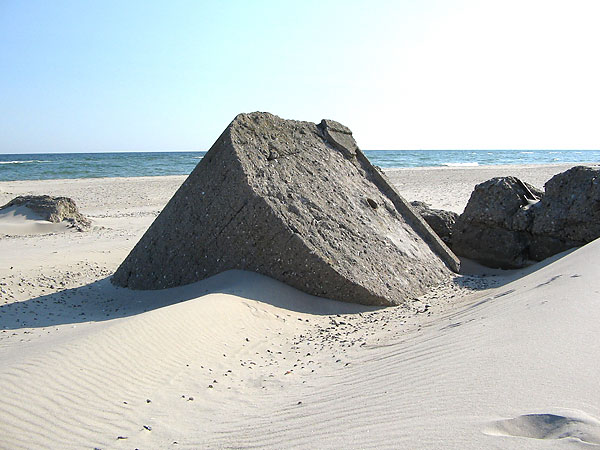
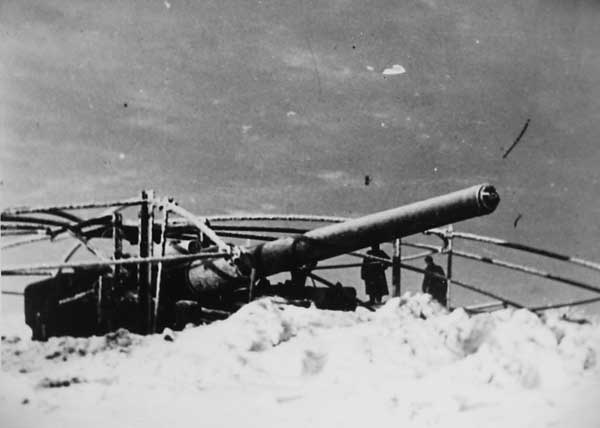
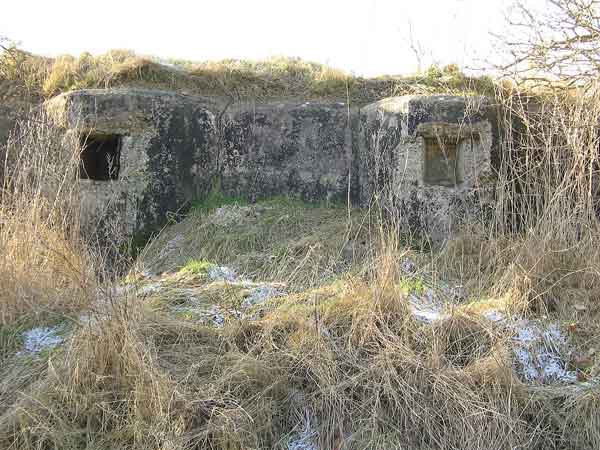
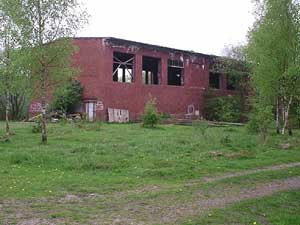
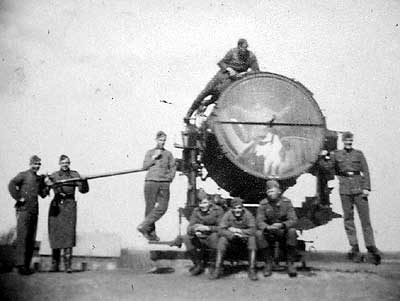
Die Luftfahrtarchäologie befasst sich in erster Linie mit der Aufklärung von Fliegerschicksalen in Schleswig-Holstein. Während des 2. Weltkrieges wurden hier schätzungsweise 2300 Flugzeuge abgeschossen, sind notgelandet oder aufgrund technischer Probleme abgestürzt, von denen bisher 63 Absturzorte recherchiert und ausgewertet werden konnten. Die Zusammenarbeit mit Historikern aus aller Welt und der Kontakt zu Familienangehörigen der Gefallenen, Vermissten oder in deutsche Gefangenschaft geratenen Besatzungen ist ein wichtiger Bestandteil und auch häufig die einzige Möglichkeit, bisher gewonnene Daten erfolgreich auszuwerten. Die Auswertung dieser Daten und der vorliegenden Dokumente kann bis zum Abschluß einer Recherche über mehrere Jahre andauern.
Zeitzeugen und Augenzeugen können durch persönliche Erlebnisse, Tagebuchaufzeichnungen, Fotos und Dokumente dazu beitragen, neue und vor allem wichtige Informationen zu gewinnen und somit an der Aufklärung von Fliegerschicksalen beizutragen.
"Mit einem Instrument von nur 600 oder 700 Bombern die größte Industriemacht Europas zum völligen Erliegen bringen, daran mag ich nicht zu glauben. Dreißigtausend Großbomber, und der Krieg ist morgen zu ende..."
Sir Arthur Harris (Royal Air Force)
Ein weiterer Schwerpunkt ist die Dokumentation des Kriegsgeschehens in Schleswig-Holstein. Das Thema "Luftkrieg" dokumentiert in erster Linie die durch die alliierten Luftstreitkräfte durchgeführten Bomben- und Tieffliegerangriffe und die dadurch entstandenen Schäden und Zerstörungen.
Sollten Sie über Informationen verfügen, die Sie der Öffentlichkeit gerne zur Verfügung stellen möchten, setzen Sie sich bitte mit mir in Verbindung!
Weiterhin befasst sich die Luftfahrtarchäologie auch mit der Erfassung, Kartierung und Dokumentation der ehemaligen militärischen Anlagen in Schleswig-Holstein. Dazu gehören unter anderem:
- Flakbatterien
- Scheinwerferbatterien
- Scheinanlagen
- Nebeleinheiten
- Funk-Meldeeinheiten
- Flugplätze
- Luftschutzeinrichtungen
- Bombenschäden in Ortschaften
